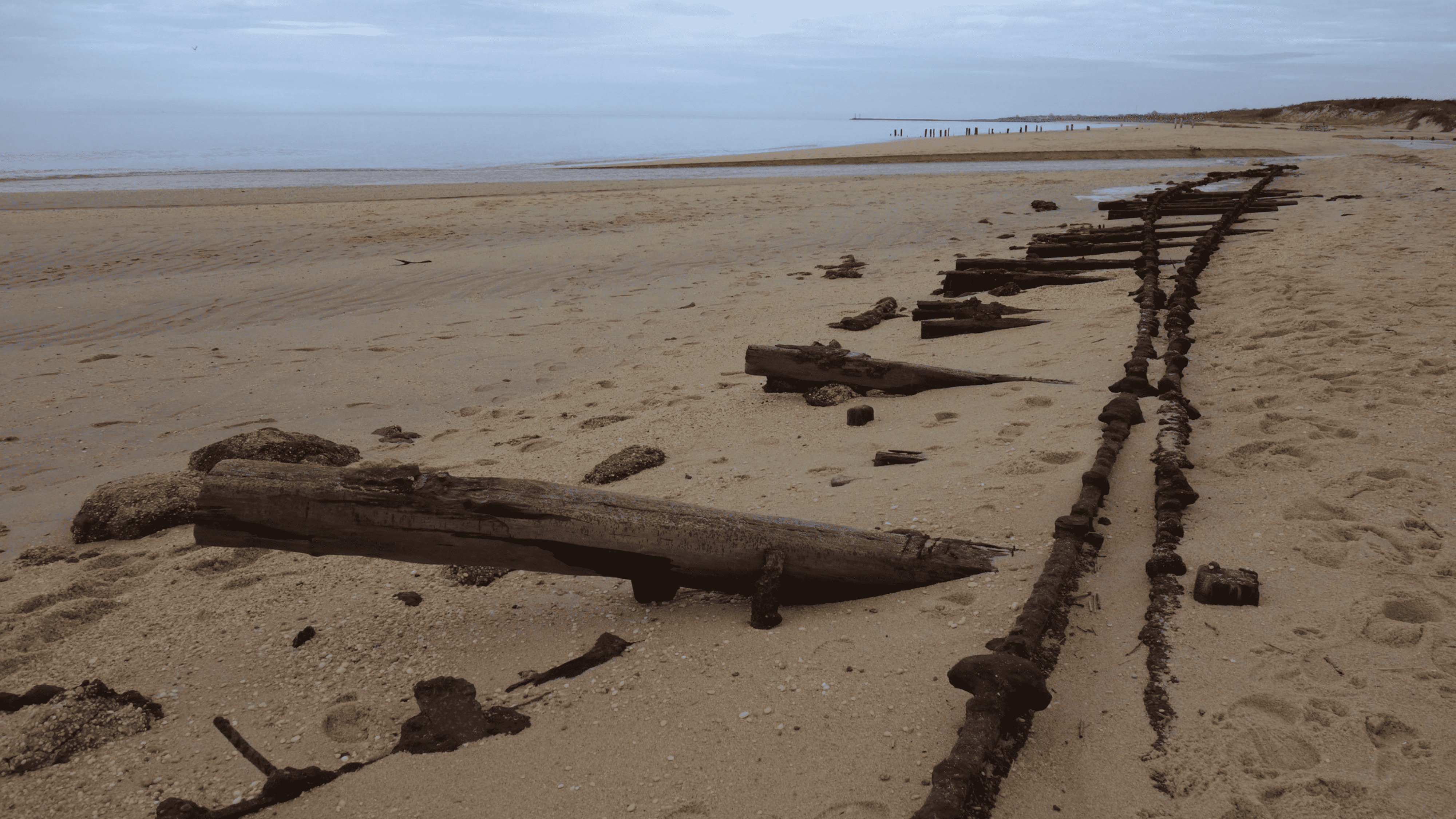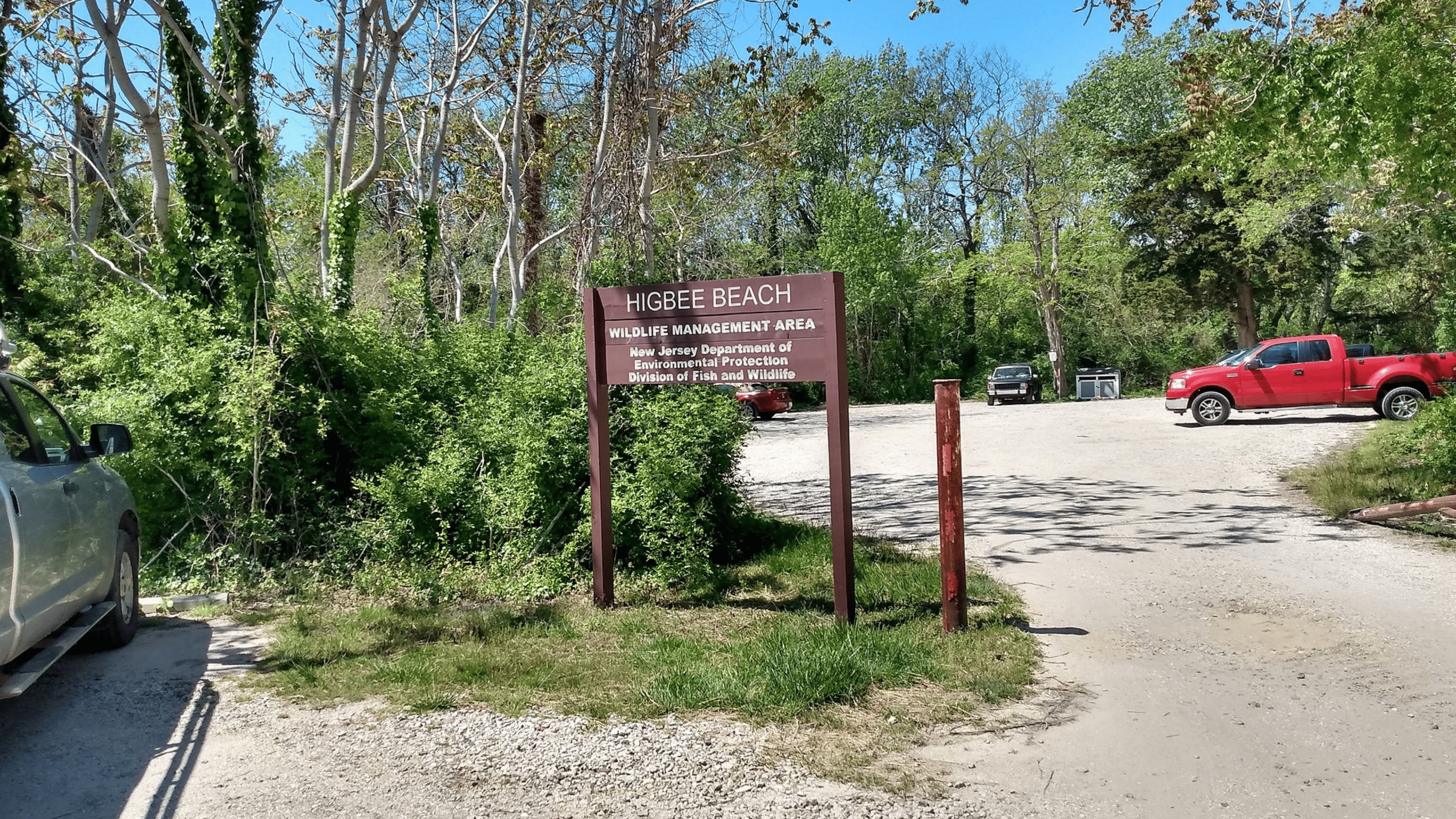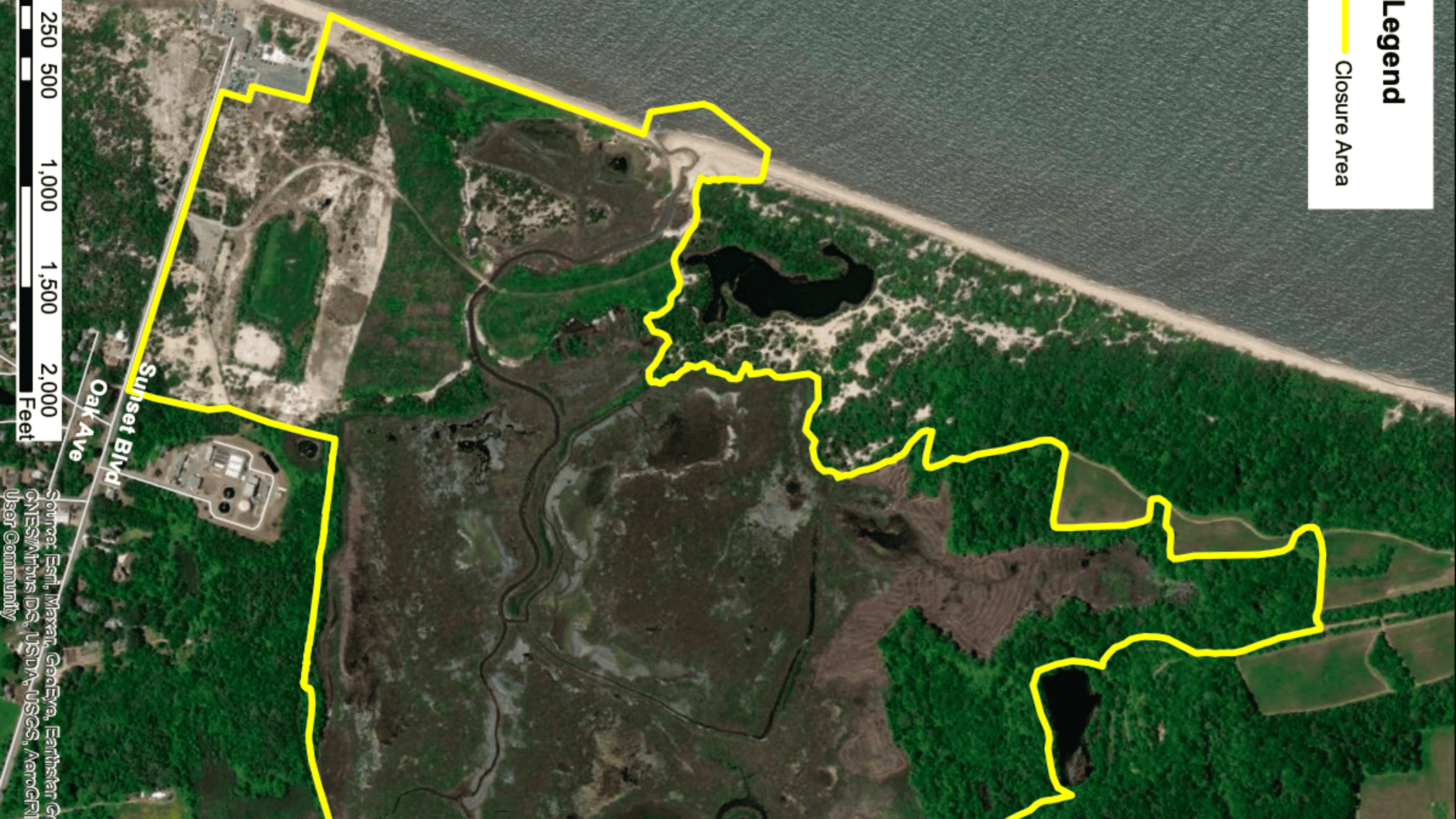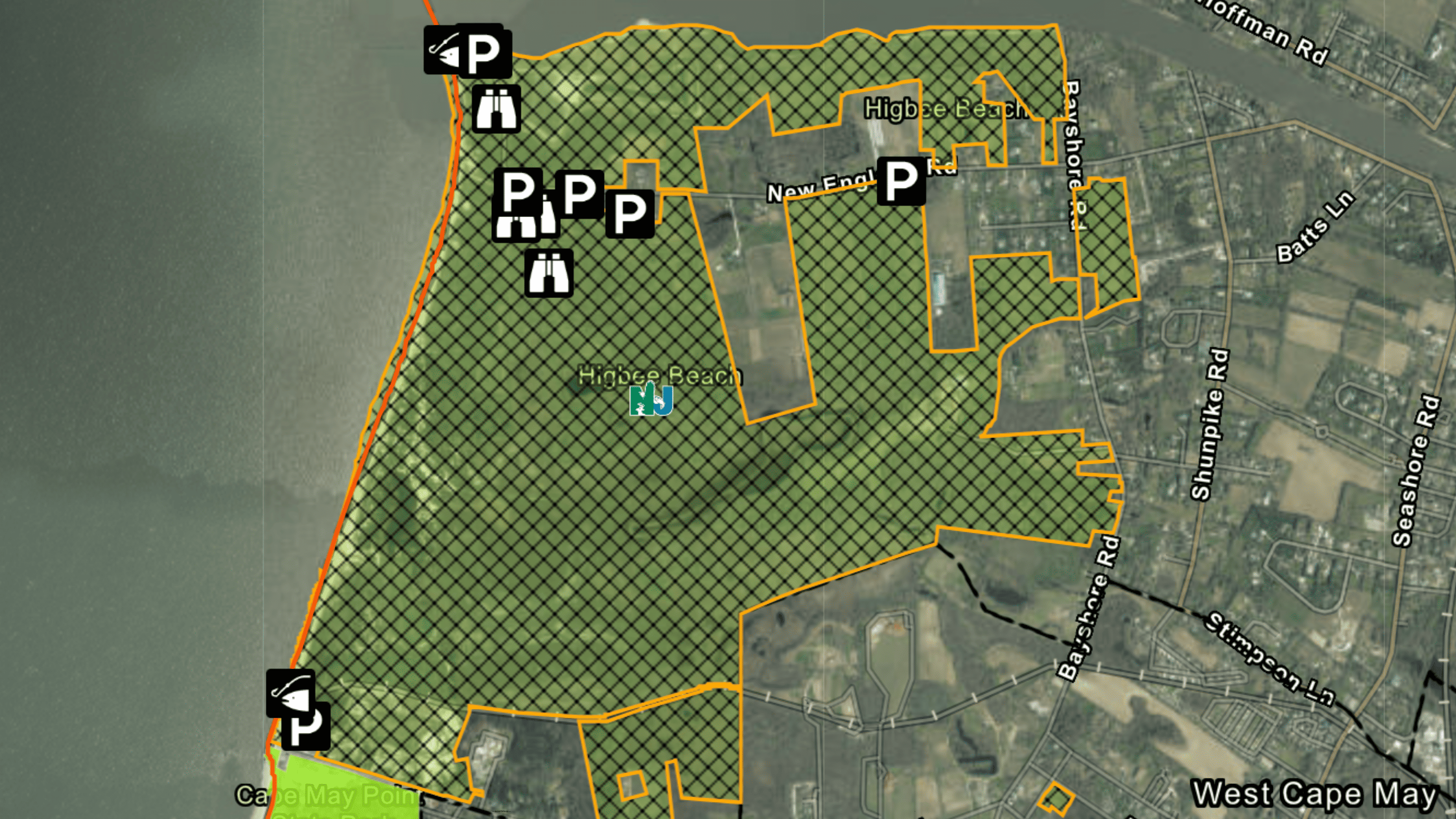Cape May’s Ghost Tracks Could Partly Be Removed
The world-famous Cape May Ghost Tracks may soon vanish into history as the Pond Creek Restoration Project progresses.
These Century-old railroad tracks, often dubbed the “ghost tracks,” emerged from the sandy shores of Cape May periodically, typically following intense storms.
This phenomenon sees the tracks briefly visible before being buried again by the shifting sands.

Cape May’s Ghost Tracks Could Partly Be Removed
People call them the “ghost tracks” because they show up and then disappear again, just like that.
Originally laid in the early 1900s by the Cape May Sand Company, these tracks served the purpose of extracting sand for the company’s cement and glass-making operations.
Additionally, they played a role in testing munitions during World War I.
Following the departure of the Cape May Sand Company, the site transitioned to the management of the Harbison-Walker Magnesite Plant until the 1940s.

Also See: The Mystery of New Jersey’s Pine Barrens Giant Letters
It is that part of the beach, known as the Higbee Beach Wildlife Management Area (WMA), which will be under the Pond Creek Restoration Project.
The Pond Creek Restoration Project is a collaborative effort funded by Natural Resource Damage funds and co-led by the DEP’s Office of Natural Resource Restoration and Office of Coastal Engineering in partnership with Fish & Wildlife.

The main project goal is to re-establish tidal inundation without increasing flood risk while creating habitat management areas for diverse species.
The closure is anticipated to persist until the project’s completion in December 2026

According to the project manager, Matthew Holthaus, if while they are working, the tracks get in their way, they will cut them and store them for another use down the line.
That use hasn’t been discussed publicly yet but many wonder where these tracks could call home next.
[Note: Cover Photo by Becca Jean]
